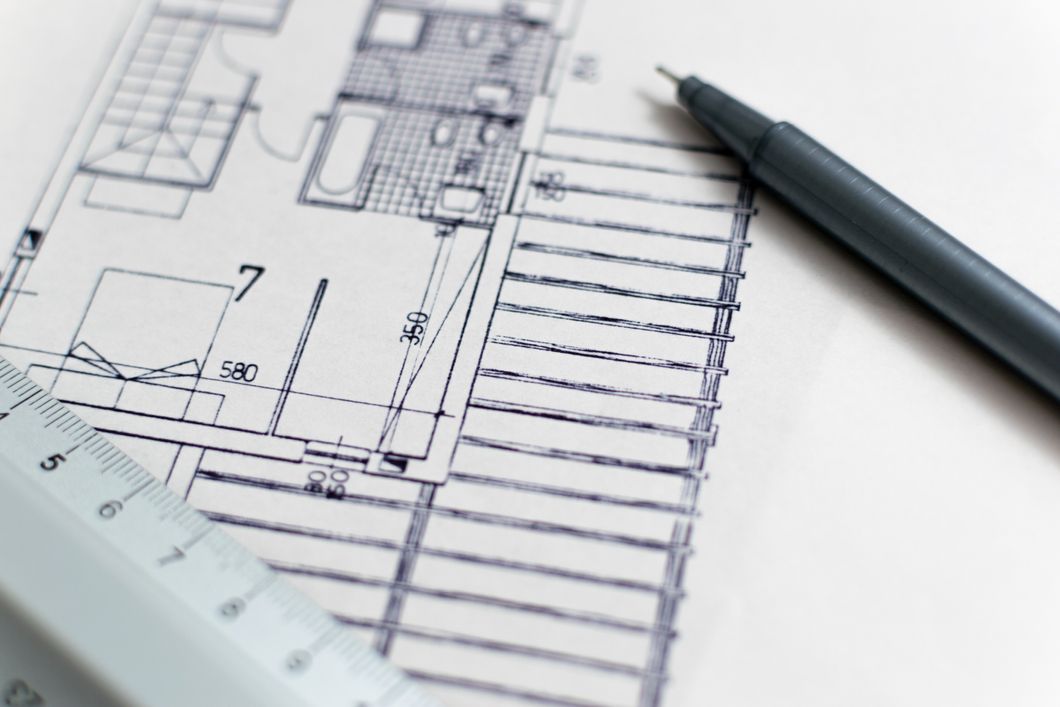It is common in architecture school to begin design with a form, shape, or material idea and then later manipulate how it affects the way you experience the space. I personally prefer setting goals for how I want people to engage and react, and then designing different iterations to see how I can make that happen. I love delving into the subtleties of design that make people feel a certain way, even if they don't consciously accredit those feelings to the architecture. Both of these methods have pros and cons. Some combination of the two is surely best. But architecture should be more about people than just interesting shapes and materials, right?
The idea of architecture for the people is what drew my interest in the field. I saw it as a way to contribute to my community while drawing on creativity and even art. What I began to see, though, is that so many of the most highly acclaimed buildings are also some of the most expensive. We study innovative and intriguing precedents in school, but they are almost always synonymous with high prices. I have a hard time coming to terms with the fact that good architecture should have to fall under that category. It is time to stop evaluating whether architecture is "good" based on the physicality of the building itself and to focus more on what it actually does.
Over the summer, I interned at a firm that often focused on renovations and restorations near my hometown in Toledo, Ohio. I saw firsthand how architecture truly does have to power to revitalize a community. This only emphasized the fact the places needing good architects the most are not extravagant museums, millionaires' private homes, or soaring skyscrapers. They are homes, stores, and centers for people like you and me.
Architecture to me is about the "who" and not the "what". Am I going to consequently sacrifice design and aesthetics? No, of course not. But as a student, I will focus foremost on how you would feel when you enter a space. As a professional, I will strive to make sure that the "who" in my projects includes everyone and leaves an impact.
- BBC - Future - The hidden ways that architecture affects how you feel ›
- Architecture Is About People, Not Buildings. These Photos Prove It ›
- Architecture for People | International Seminar and Exhibition ... ›
- Architecture for the people | Reynaers Aluminium ›
- Norman Foster - Architecture is About People | Foster + Partners ›
- 121 Definitions of Architecture | ArchDaily ›
- Alastair Parvin: Architecture for the people by the people | TED Talk ›






 The minimum wage is not a living wage.
StableDiffusion
The minimum wage is not a living wage.
StableDiffusion
 influential nations
StableDiffusion
influential nations
StableDiffusion












